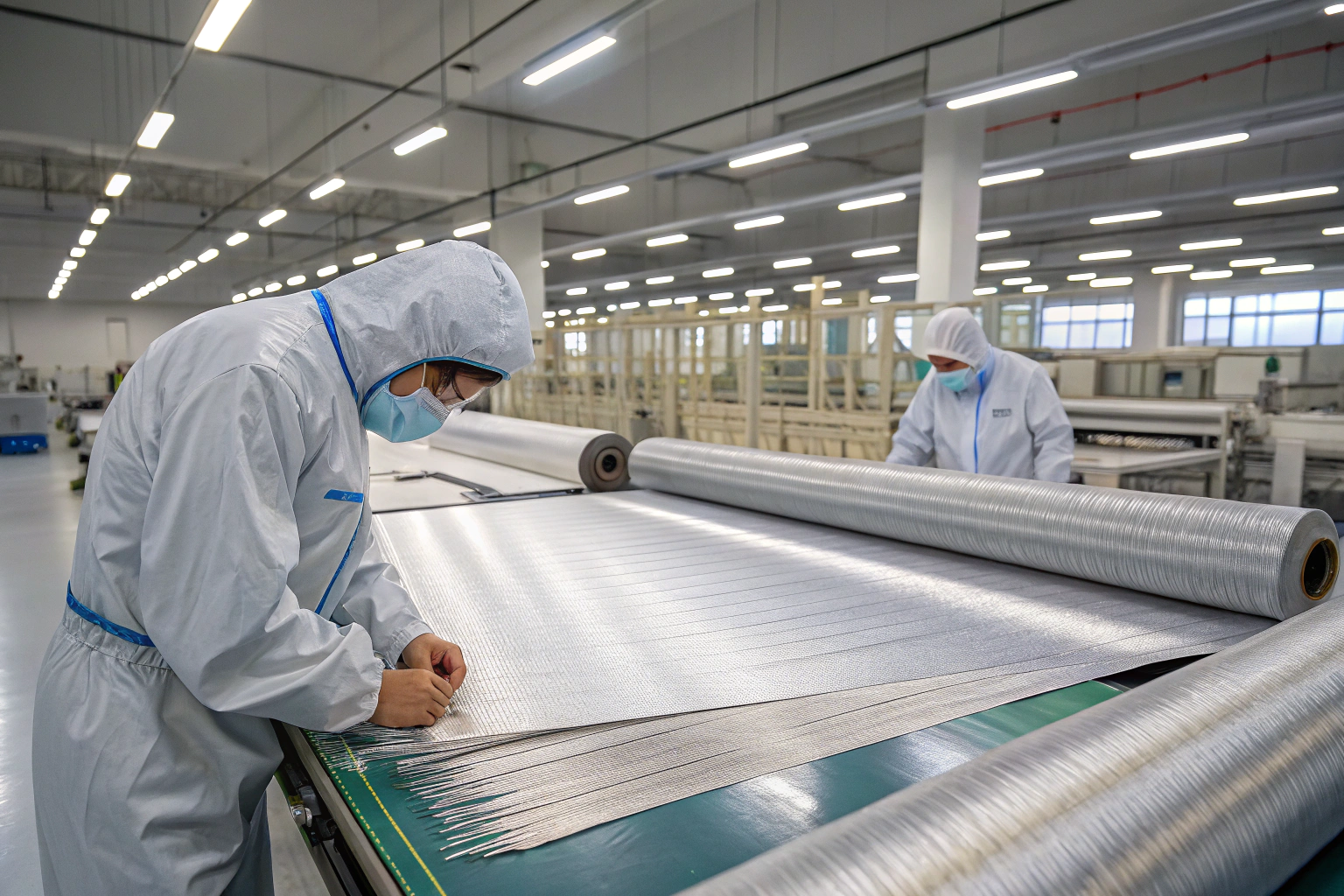In the defense industry, where communication security and electromagnetic protection are critical, finding the right EMI/RFI shielding fabrics is not just about meeting technical specs—it’s about ensuring operational safety and compliance with global standards. As someone who has been supplying high-performance fabrics for over two decades, I know exactly how challenging it can be to source materials that deliver both reliability and scalability.
The best EMI/RFI shielding fabrics come from suppliers who understand the complexity of defense requirements, offer rigorous quality control, and maintain secure, consistent production lines. In this article, I’ll share where to find these fabrics, what to look for, and how to evaluate a supplier for long-term collaboration.
The demand for shielding fabrics is rising as modern defense systems rely on secure electronics, radar stealth, and communications integrity. Let’s explore the top sources and considerations together.
Top Global Manufacturers of EMI/RFI Shielding Fabrics
If you want shielding fabrics that meet military-grade requirements, starting with trusted global manufacturers is essential. Large-scale producers typically have the resources, testing facilities, and certifications needed for defense applications.
Global leaders often combine in-house weaving, metallization, and lamination processes to create fabrics with consistent shielding effectiveness across frequency ranges. They also maintain strong export compliance and supply chain security protocols.
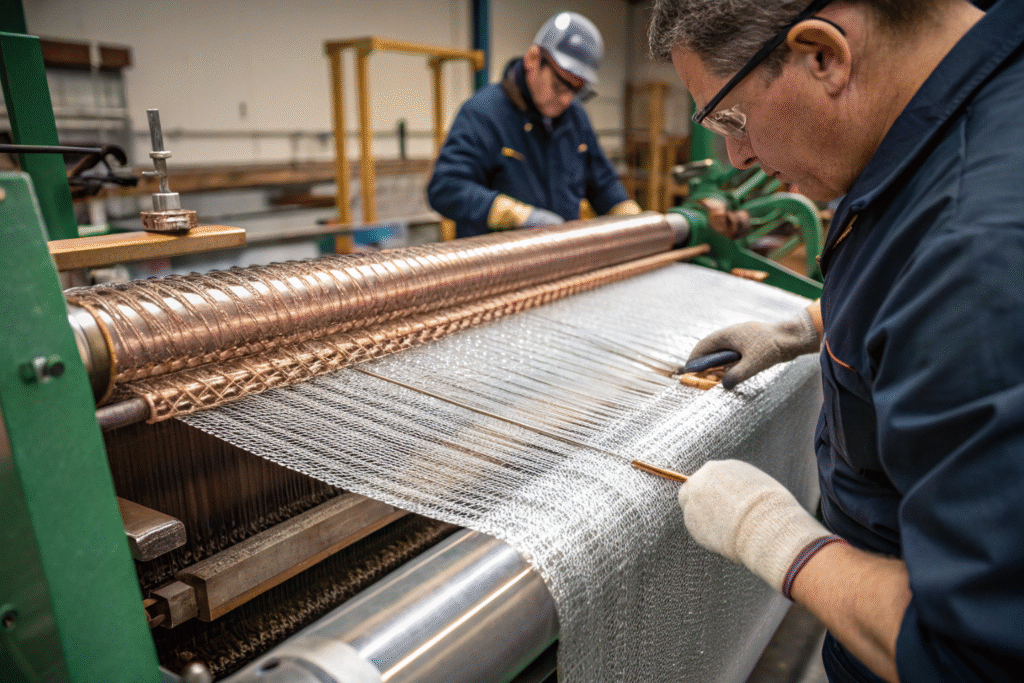
What certifications should I look for in a supplier?
When sourcing for defense, make sure the supplier complies with MIL-STD-285 or IEEE-299 testing standards for shielding effectiveness. Also look for ISO 9001 quality management and, in some cases, NADCAP accreditation for aerospace and defense materials. Some manufacturers list these on their official specification sheets, while others provide full lab reports from independent testing agencies.
Are Asian manufacturers a viable option?
Absolutely. Many Asian textile specialists now supply EMI/RFI fabrics that match or exceed Western military standards. For example, suppliers in China and South Korea have invested in advanced metallization technology that achieves consistent conductivity, corrosion resistance, and flexibility—key for defense clothing and equipment.
Custom-Built EMI/RFI Fabrics for Defense Projects
Sometimes, off-the-shelf fabrics are not enough. Defense projects may require custom shielding fabrics tailored to specific performance metrics, such as higher attenuation levels, lighter weight, or improved drapability for uniforms.
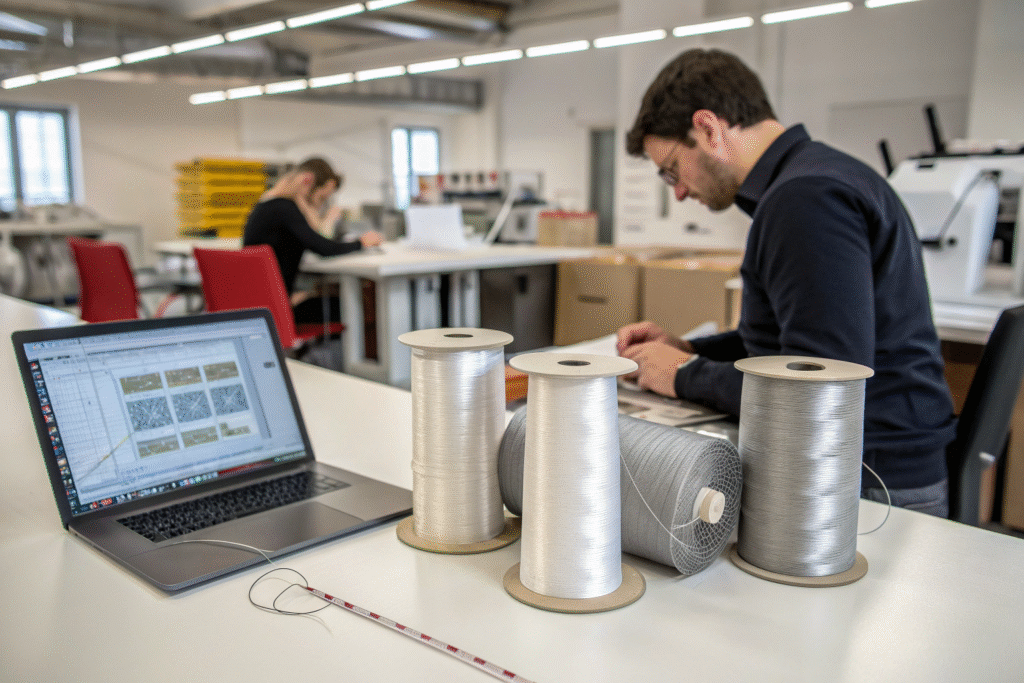
How do custom designs improve shielding performance?
By working directly with a mill’s R&D team, you can specify yarn types (e.g., silver-plated nylon, copper-coated polyester), weave patterns, and surface finishes to optimize performance. For instance, a tighter weave can enhance shielding across high frequencies, while specialized coatings can improve durability against environmental exposure.
What’s the typical lead time for custom fabrics?
Lead times vary but typically range from 6–10 weeks, depending on design complexity and production scheduling. Working with a manufacturer that has in-house metallization and rapid prototyping capability can shorten timelines significantly, which is crucial for defense contracts with strict delivery milestones.
How to Evaluate EMI/RFI Fabric Suppliers
Choosing a supplier goes beyond price and MOQ—it’s about reliability, security, and technical partnership.
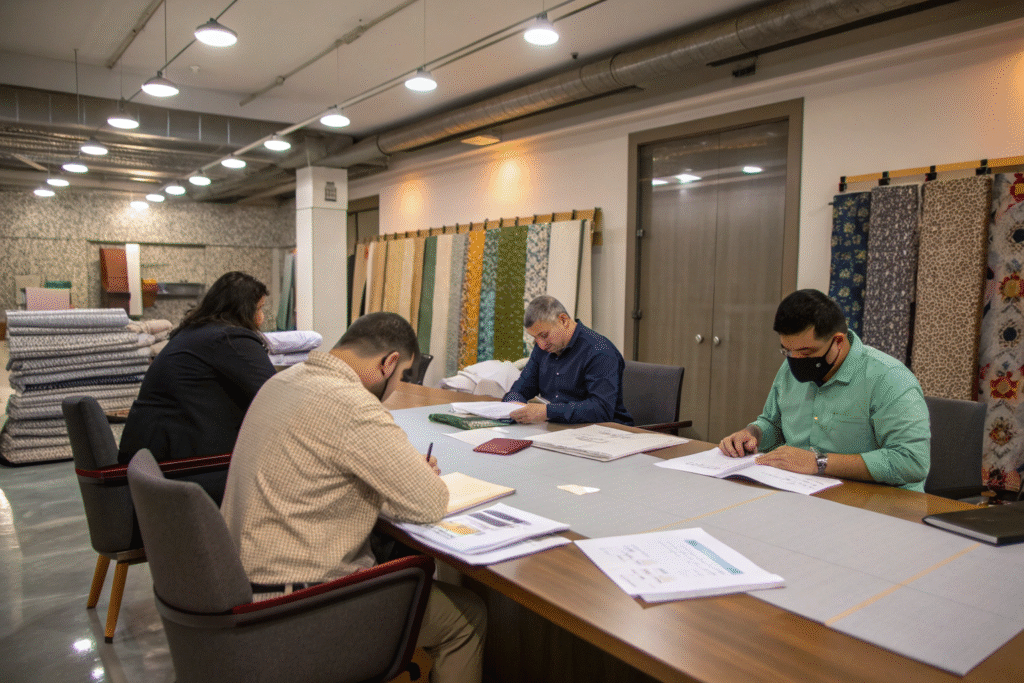
What key questions should I ask before ordering?
You should ask about test data validity, long-term production capacity, and whether they provide batch-level traceability. Some companies, like SGS, offer full verification reports, ensuring that the shielding performance matches the claimed dB attenuation.
How important is supply chain security in defense sourcing?
It’s critical. Your supplier should have a controlled manufacturing environment and secure logistics channels to prevent product tampering. Many defense buyers require C-TPAT certification or equivalent to ensure security during international shipping.
Best Channels to Source EMI/RFI Shielding Fabrics
Finding the right supplier often means going where the industry meets—trade shows, B2B marketplaces, and specialized sourcing networks.
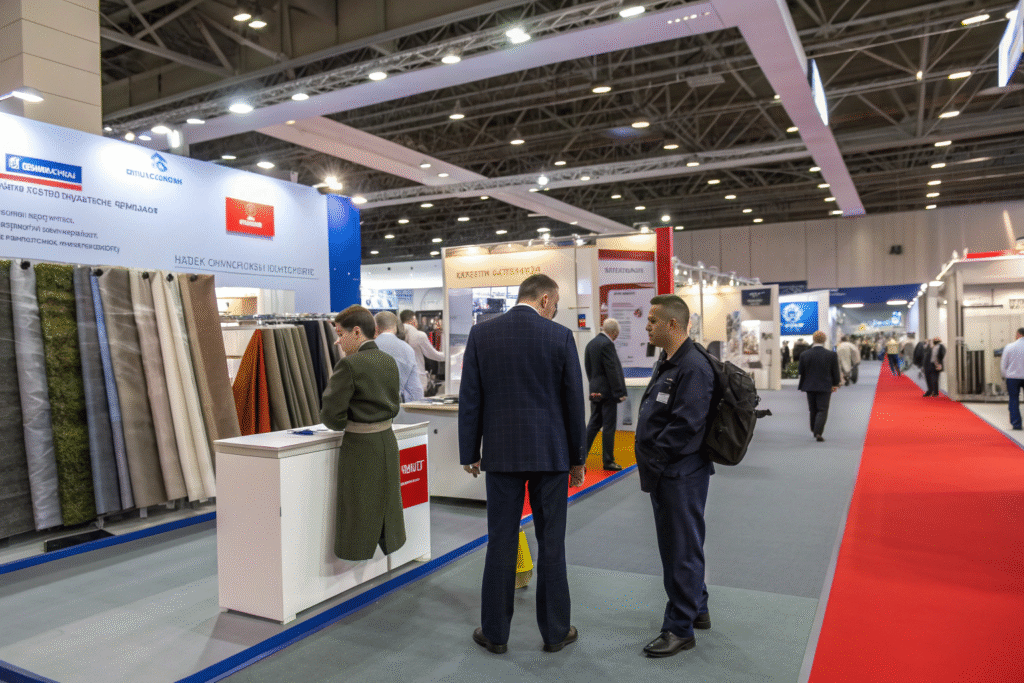
Which trade shows are worth attending?
Events like Techtextil Frankfurt and Milipol Paris are top-tier for discovering new EMI/RFI fabric technologies. They allow face-to-face discussions with suppliers, real-time sample evaluations, and negotiation opportunities. Many exhibitors showcase live testing demos.
Can I source through online platforms?
Yes. Portals like Alibaba and Global Sources list vetted EMI/RFI fabric suppliers. However, for defense applications, it’s vital to verify export compliance and test data before committing to large orders.
Conclusion
Finding EMI/RFI shielding fabrics for defense applications is a balance of technical performance, supply reliability, and compliance. From established global manufacturers to specialized custom fabric producers, the right partner can ensure your projects meet stringent defense standards while keeping timelines on track.
If you are ready to source military-grade shielding fabrics from a trusted manufacturer with full in-house production, testing, and export support, contact our Business Director Elaine at elaine@fumaoclothing.com to start your order today.

